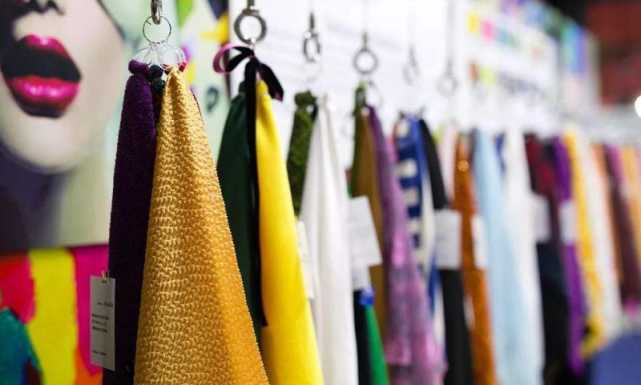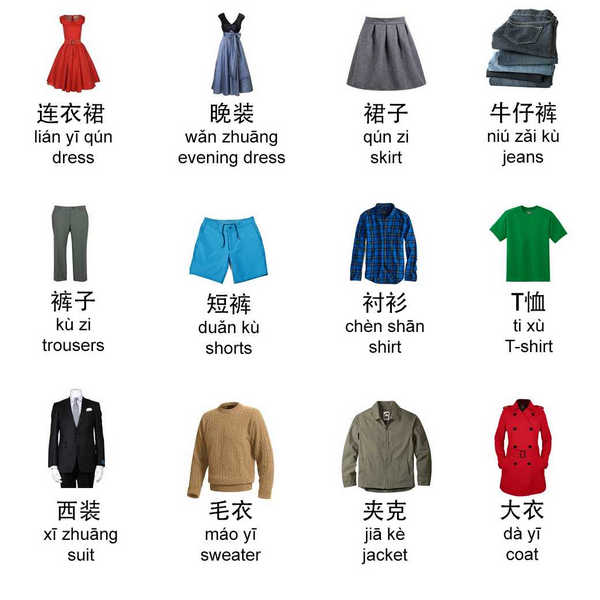Fast Facts: European imports of Chinese clothing surge 32% in 2022
The share of Asian suppliers in European clothing imports is 75.8% in 2022, which remains stable compared to 2019. After stagnation in 2020 and 2021, clothing imports from the main supplier, China, surge 32% in one year, up 7.7% compared to 2019 levels.
After two years of languishing, Bangladesh's imports in 2022 grew by 52% year-on-year, 23.4% higher than before the crisis. Imports from Turkey, one of the third largest suppliers to the EU, have recovered to 2019 levels. The top 20 suppliers all saw double-digit increases, with the exception of the UK, where clothing exports to the EU continued to fall by 22%, following a 63% decline in 2021.
Other Asia Pacific countries all showed significant growth, such as India (+36%), Vietnam (+51%), Pakistan (+43%), Cambodia (+5%), Sri Lanka (+228%), Indonesia (+39%) and Thailand (+27%). Myanmar, after two years of decline, grew by 85% last year, 27.8% higher than in 2019 (before the epidemic crisis and military coup). Morocco and Tunisia increased the value of goods exported to Europe by 20% and 25% respectively over the year.

EU clothing exports up 33.5% compared to 2019
On the international clothing market, the EU exported €38.7 billion worth of goods. This means that this figure has increased by 17% in one year and by 33.5% compared to the 2019 level.
Switzerland remains the EU's largest apparel customer. As in 2021 (the year in which the UK market is accounted for separately), the UK is the second largest customer for European clothing exports in 2022, ahead of the US, where orders grew by 49% in 2022, and ahead of China. Following a sharp increase in 2021, the volume of orders exported to China stagnates in 2022. South Korea follows China in the rankings, with its orders growing by 32% in one year.
Notably, in 2019, Russia, the EU's third largest apparel customer, dropped to ninth in 2022, importing €1.41 billion worth of European clothing, a figure that fell 37% in a year and was down 42.7% from pre-epidemic crisis levels. Meanwhile, Ukraine was ranked sixteenth, with orders down 24% year-on-year but at a similar level to 2019.
Among the regions with strong growth in imports from Europe, Turkey's 89% increase stands out. In addition, orders from Singapore grew by 95%, from Canada by 49%, from Mexico by 48% and from the United Arab Emirates by 43%. Meanwhile, orders from Serbia grew by 41% and Serbia remains one of the top 20 customers in the EU in 2022.

Spotlight on the textile trade
Trade in textiles is more subtle because epidemic-proof masks fall squarely into this category, and changes in the global epidemic-proofing situation will cause the figures for this item to change significantly. The figures show that European textile imports in 2022 are 25.6% higher than in 2019, with China remaining by far the largest supplier. The next closest suppliers are Turkey, Pakistan and India, with increases ranging from 14% to 37%. In fifth place is the UK, where the figure remains stable in 2022, following an 18% decline in 2021.
Increases from suppliers such as the USA (+37%), South Korea (+26%), Vietnam (+47%) and Japan (+27%) are also significant. in 2022, Bangladesh's exports to the EU are 39.6% higher than in 2019. It is worth noting that Ukraine, which ranked 19th among EU suppliers in 2021, does not export as much as Australia in 2022, and Australia's exports have recovered to 2019 levels.
In 2022, European textile exports amount to €28.6 billion, up 13% in one year and slightly below the 2019 level. The US, the UK, Turkey and China are the main customers for European textiles, closely followed by Morocco, Switzerland, Mexico (+87%) and Tunisia.
In 2022, Ukraine ranks sixth among EU customers, with orders up 6%, while Russia's ranking drops from 8th to 11th, with orders falling by 30% in one year. The United Arab Emirates re-enters the top 20. The top 20 also saw significant rises in the rankings of Egypt, Serbia (+24%) and India (+21%).
Source: QINSUN Instrument Network
2023-03-17 11:28
- Related News
The importance of battery internal resistance testing in the battery manufacturi
Application and structural principle of high and low temperature test chamber
Application of Small Coating Machine in Polyimide Slurry
Principles and selection methods of laboratory incubators
Evaluation of Moisture Absorption and Rapid Drying Performance of Textiles by Na
Liquid Moisture Management Tester
Paper ring compression strength tester standards
